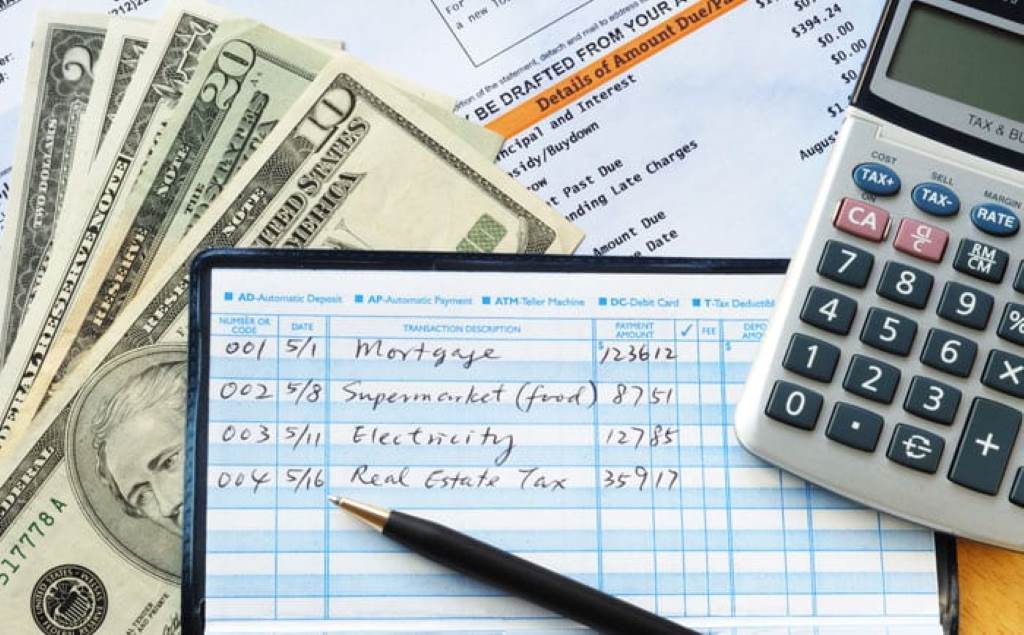Struggling to make ends meet when your paycheck fluctuates? You’re not alone. Whether you’re a freelancer, gig worker, or seasonal employee, managing money with an irregular income feels like solving a puzzle. The good news? You can create a budget that works for you. This guide breaks down practical steps to help you achieve financial stability, even when your income swings.
Variable income affects millions. According to the U.S. Bureau of Labor Statistics, 10% of workers in 2023 were in gig economy jobs or commission-based roles. In Canada, the Canada Child Benefit and GST/HST credit provide some relief, but they don’t solve the budgeting challenge. Let’s explore how to take control of your finances with a clear, actionable plan.
Why Budgeting with a Variable Income Is Tough
Irregular income creates uncertainty. One month, you might earn a windfall from freelance work. The next, you’re scraping by. This income volatility makes it hard to plan for monthly expenses, savings goals, or debt payments. Fixed expenses like rent or utilities stay constant, but your cash flow doesn’t. Without a strategy, you risk overspending during good months and struggling during lean ones.
Behavioral finance, a field pioneered by Richard Thaler, shows we often use mental accounting to separate money into different “buckets” like spending accounts or savings accounts. This habit can backfire with fluctuating income. You might treat a big paycheck as “extra” money, only to face a shortfall later. Let’s dive into practical steps to budget smarter.

Step 1: Calculate Your Average Monthly Income
To build a budget, you need a baseline. Start by finding your average monthly take-home income. This smooths out the highs and lows of your earnings.
- Gather data: Review bank statements or bookkeeping software for the past 12 months. Include all income sources: freelance work, commission-based jobs, seasonal jobs, or gig economy jobs.
- Calculate the average: Add up your total income for the year. Divide by 12. For example, if you earned $36,000 last year, your average monthly income is $3,000.
- Account for taxes: If you’re a business owner or commission-based professional, set aside money for quarterly estimated taxes. A separate tax bill account prevents surprises.
This average gives you a starting point. It’s not perfect, but it helps you plan for monthly costs.
Step 2: Prioritize Essential Monthly Expenses
Fixed expenses come first. These are non-negotiable costs you pay every month, like rent, utilities, or insurance. Variable expenses, like dining out or entertainment, come later.
- List fixed expenses: Write down rent, utilities, phone bills, and debt payments. These are your must-haves.
- Track variable expenses: Review credit card statements or bank statements to spot recurring expenses like subscriptions or groceries.
- Set priorities: If your income drops, cover essentials first. Cut back on non-essentials like streaming services or takeout.
For example, Sarah, a professional server, earns $2,000 in a good month but only $1,200 in slow seasons. She budgets $1,000 for rent and utilities, ensuring these are covered even in lean months. Discover Top Accounting Firms for Small Businesses.
Step 3: Use a Zero-Sum Budget
A zero-sum budget assigns every dollar a job. This method works well for fluctuating incomes because it forces you to plan ahead.
- Start with your average income: Use the number from Step 1 (e.g., $3,000).
- Allocate to essentials: Cover fixed expenses first (e.g., $1,500 for rent and utilities).
- Add savings and debt: Set aside money for an emergency fund, retirement account, or debt payments (e.g., $500).
- Assign the rest: Put leftover dollars toward variable expenses or sinking funds for irregular costs like car repairs.
In good months, extra income goes to savings goals or a buffer account. In lean months, you stick to essentials. This approach keeps you disciplined.
Step 4: Build a Boom-and-Bust Fund
A boom-and-bust fund acts as a financial cushion. It absorbs the shocks of income volatility. Think of it as an emergency fund tailored for irregular income.
- Set a goal: Aim for 3–6 months of essential monthly expenses. If your essentials total $2,000, save $6,000–$12,000.
- Start small: Save $50–$100 per month in a high-yield savings account like PayPal Savings or Capital One.
- Automate it: Set up an automatic monthly transfer to your savings account. This builds your fund without thinking.
For example, Mike, a commission salesperson, saves $200 monthly in a high-yield savings account. When a slow quarter hits, he uses this fund to cover his $1,500 rent without stress.
Step 5: Use Goal-Based Savings Accounts
Sinking funds and goal-based savings accounts help you plan for irregular expenses. These are separate “buckets” for specific goals, like car repairs or holiday gifts.
- Identify goals: List upcoming expenses, like taxes, vacations, or home maintenance.
- Open separate accounts: Use a lifestyle checking or repository checking account for each goal. Banks like Capital One offer multiple savings accounts.
- Contribute monthly: Divide the goal amount by the months until you need it. For a $1,200 vacation in 12 months, save $100 monthly.
This method aligns with mental accounting principles. It keeps your money organized and prevents overspending.
Step 6: Adjust for Income Patterns
Income patterns vary by job. Freelancers might have project-based earnings, while seasonal employees face predictable slow periods. Tailor your budget to your work.
- Freelancers: Invoice clients promptly. Save 30% of each payment for taxes.
- Gig workers: Track earnings weekly. Adjust spending if a week is slow.
- Seasonal workers: Save heavily during peak seasons. Live frugally during off-seasons.
For instance, Lisa, a seasonal employee, earns $5,000 monthly in summer but $1,000 in winter. She saves 50% of her summer income to cover winter expenses.
Step 7: Explore Budgeting Methods
Different budgeting methods suit variable incomes. Experiment to find what works.
- 50/30/20 Rule: Allocate 50% to needs, 30% to wants, and 20% to savings or debt. Adjust percentages for low-income months.
- Envelope System: Use cash or digital “envelopes” for categories like groceries or entertainment. Stop spending when the envelope is empty.
- Pay-Yourself-First: Prioritize savings and debt payments before spending. This ensures progress toward financial goals.
A 2021 study from the Financial Consumer Agency of Canada found that 60% of Canadians with irregular incomes prefer flexible budgeting methods like the envelope system.
Step 8: Monitor and Adjust Regularly
Budgets aren’t set in stone. Check in monthly to stay on track.
- Review statements: Look at bank or credit card statements to spot overspending.
- Adjust for changes: If your income rises or falls, tweak your budget.
- Use tools: Bookkeeping software like QuickBooks or apps like YNAB helps track cash flow.
Regular check-ins prevent financial extremes, like overspending or neglecting savings.
Conclusion
Budgeting with a variable income takes effort, but it’s doable. Start by calculating your average income. Prioritize essential expenses and use a zero-sum budget. Build a boom-and-bust fund and goal-based savings accounts. Tailor your plan to your income patterns and test different budgeting methods. Monitor your progress monthly.
Take control today. Review your last 12 months of income, calculate your average, and draft a zero-sum budget. Your future self will thank you for the financial stability.
FAQs
How do I budget for taxes with a variable income?
Set aside 25–30% of each paycheck in a separate tax account. Review quarterly estimated taxes to avoid surprises.
What’s the best savings account for irregular income?
Choose a high-yield savings account like PayPal Savings or Capital One. Look for low fees and competitive interest rates.
How can gig workers manage irregular expenses?
Use sinking funds for irregular costs. Save small amounts monthly for things like car repairs or holidays.
What if my income drops suddenly?
Cut variable expenses first. Rely on your boom-and-bust fund to cover essentials until income stabilizes.
Are there budgeting apps for variable incomes?
Yes, apps like YNAB or Mint support flexible budgets. They track income patterns and adjust for fluctuations.
References
- U.S. Bureau of Labor Statistics: https://www.bls.gov
- Financial Consumer Agency of Canada: https://www.canada.ca/en/financial-consumer-agency.html
- Behavioral Finance by Richard Thaler: https://www.nobelprize.org/prizes/economic-sciences/2017/thaler/facts/



